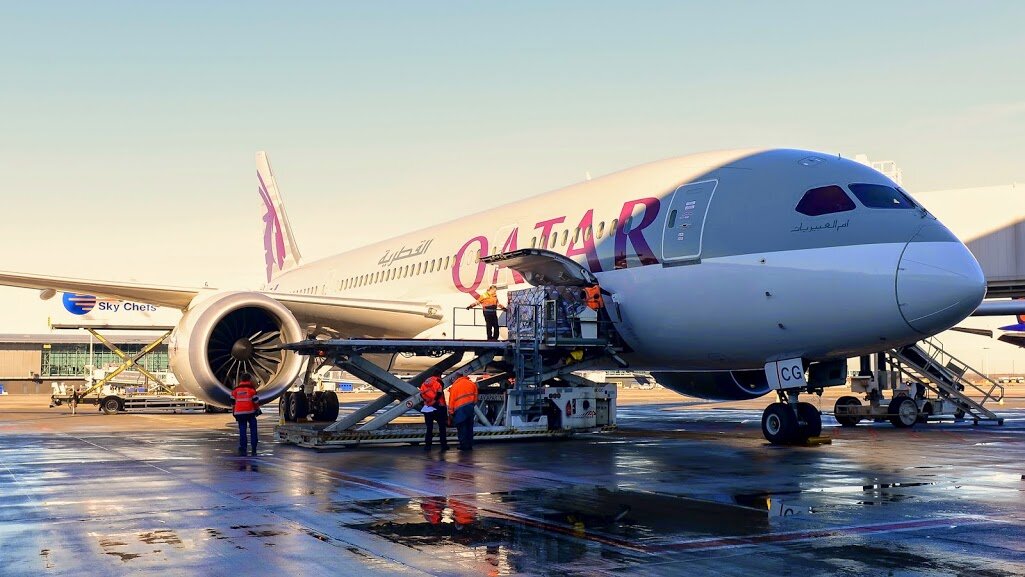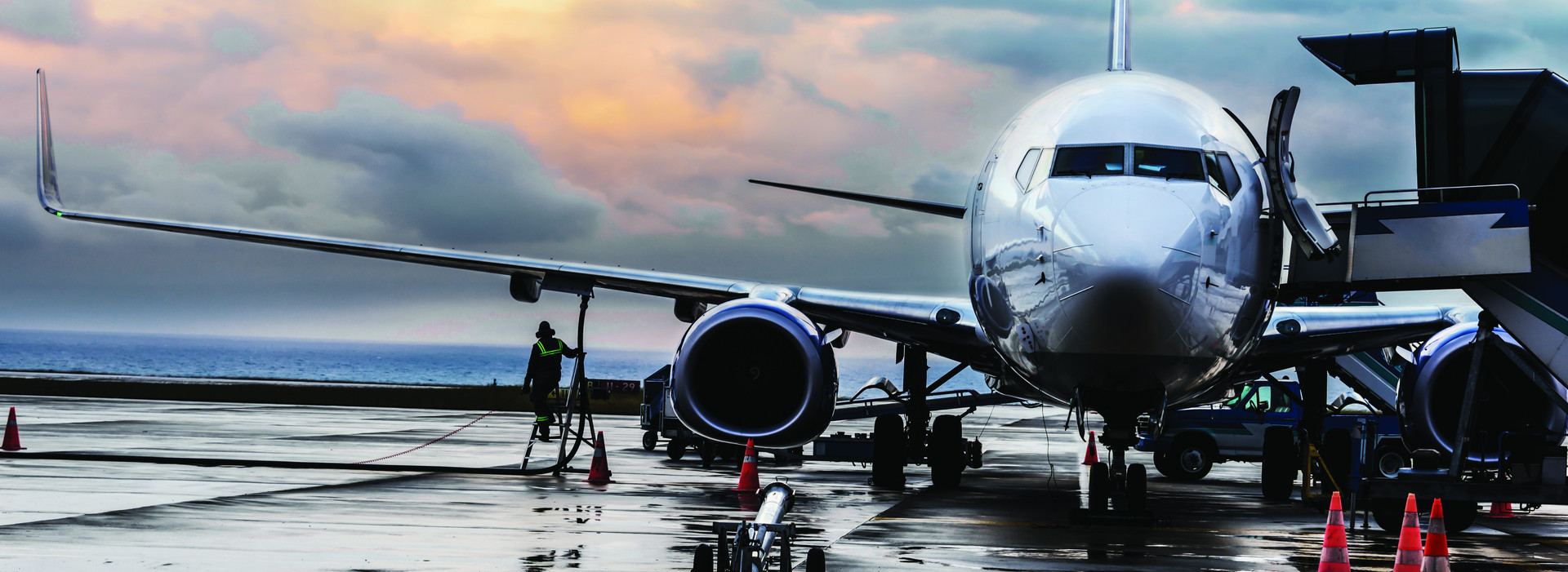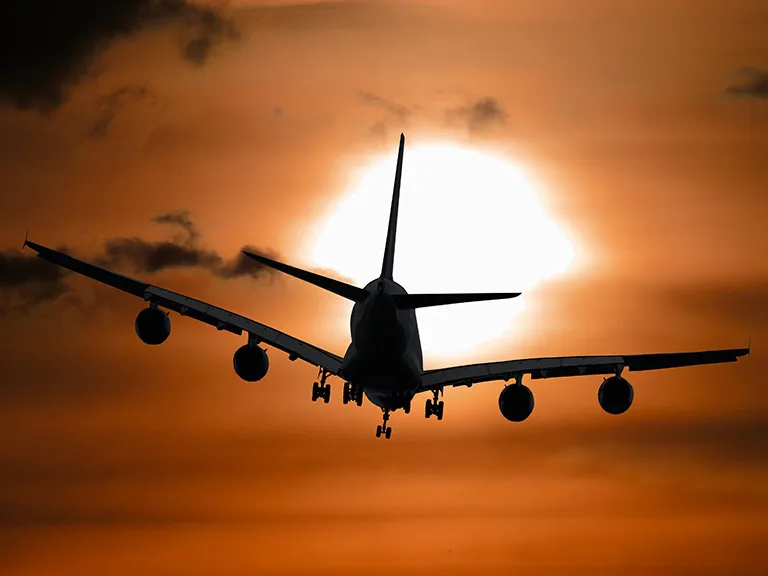Climate change poses significant challenges to industries worldwide, and the aviation sector is no exception. As global temperatures rise and weather patterns become more erratic, the aviation industry faces a range of impacts, including increased turbulence, heatwaves, extreme weather events, and changes in wind patterns. These impacts not only affect flight safety and efficiency but also have broader implications for airport operations, infrastructure resilience, and carbon emissions. In this article, we explore the impact of climate change on the aviation industry and examine adaptation measures being implemented to mitigate its effects.
Impact of Climate Change on Aviation:
- Weather Disruptions: Climate change is leading to an increase in extreme weather events such as hurricanes, storms, and heavy rainfall, which can disrupt flight operations and cause delays, cancellations, and diversions. Severe weather conditions pose risks to flight safety, requiring pilots to navigate through turbulent air, strong winds, and reduced visibility. Moreover, extreme heatwaves can affect aircraft performance, runway integrity, and airport capacity, particularly in regions with high temperatures.
- Changes in Wind Patterns: Climate change is altering wind patterns and atmospheric circulation, affecting flight routes, fuel efficiency, and flight times. Shifts in jet streams and prevailing winds can result in longer flight durations, increased fuel consumption, and higher operating costs for airlines. Moreover, changes in wind direction and intensity can impact aircraft takeoff and landing procedures, requiring adjustments to flight paths and air traffic management systems to ensure safe and efficient operations.
- Airport Infrastructure: Rising sea levels and coastal erosion pose risks to airport infrastructure located in coastal areas, including runways, terminals, and navigation aids. Climate-induced flooding, storm surges, and saltwater intrusion can damage critical infrastructure, disrupt airport operations, and compromise safety. Moreover, extreme weather events such as hurricanes and typhoons can cause structural damage to airport facilities, necessitating costly repairs and upgrades to enhance resilience and withstand future climate impacts.
- Carbon Emissions: The aviation industry is a significant contributor to greenhouse gas emissions, accounting for approximately 2-3% of global CO2 emissions. Climate change mitigation efforts require the aviation sector to reduce its carbon footprint through measures such as fuel efficiency improvements, fleet modernization, and the adoption of sustainable aviation fuels (SAFs). Additionally, airlines are exploring carbon offsetting initiatives and emissions trading schemes to achieve carbon-neutral growth and align with international climate goals.
Adaptation Measures:

- Weather Forecasting and Monitoring: To mitigate the impacts of climate change on flight operations, airlines and aviation authorities invest in advanced weather forecasting and monitoring systems to provide real-time information on weather conditions and hazards. By leveraging meteorological data and predictive analytics, pilots can make informed decisions to optimize flight routes, avoid severe weather, and minimize disruptions.
- Infrastructure Resilience: Airports are implementing adaptation measures to enhance the resilience of infrastructure to climate change impacts, including sea-level rise, flooding, and extreme weather events. Strategies include upgrading drainage systems, elevating critical infrastructure, fortifying coastal defenses, and incorporating climate resilience into airport master planning and design standards. Additionally, airports are investing in renewable energy sources, energy-efficient technologies, and sustainable construction practices to reduce their carbon footprint and mitigate climate risks.
- Fleet Modernization and Sustainable Aviation Fuels: Airlines are investing in fleet modernization programs to improve fuel efficiency, reduce emissions, and enhance environmental performance. Newer aircraft models incorporate advanced aerodynamics, lightweight materials, and fuel-efficient engines to minimize fuel consumption and emissions. Furthermore, airlines are exploring the use of sustainable aviation fuels (SAFs) derived from renewable sources such as biofuels, synthetic fuels, and hydrogen to reduce reliance on fossil fuels and mitigate climate impacts.
- Policy and Regulatory Frameworks: Governments and regulatory agencies play a crucial role in shaping climate change adaptation strategies and incentivizing sustainable practices in the aviation industry. Policy measures such as emissions trading schemes, carbon pricing mechanisms, and environmental regulations encourage airlines to invest in cleaner technologies and adopt carbon reduction initiatives. Moreover, international agreements such as the Carbon Offsetting and Reduction Scheme for International Aviation (CORSIA) aim to achieve carbon-neutral growth in the aviation sector and curb emissions through market-based measures.
Climate change presents significant challenges to the aviation industry, impacting flight safety, efficiency, and infrastructure resilience. However, proactive adaptation measures and sustainable practices can help mitigate these impacts and build resilience to future climate risks. By investing in weather forecasting, infrastructure resilience, fleet modernization, and sustainable aviation fuels, the aviation industry can minimize its carbon footprint, enhance operational efficiency, and contribute to global efforts to combat climate change. Collaborative action between governments, industry stakeholders, and international organizations is essential to address the complex challenges posed by climate change and ensure the long-term sustainability of the aviation sector.


